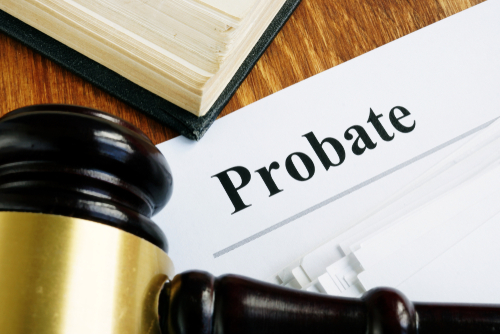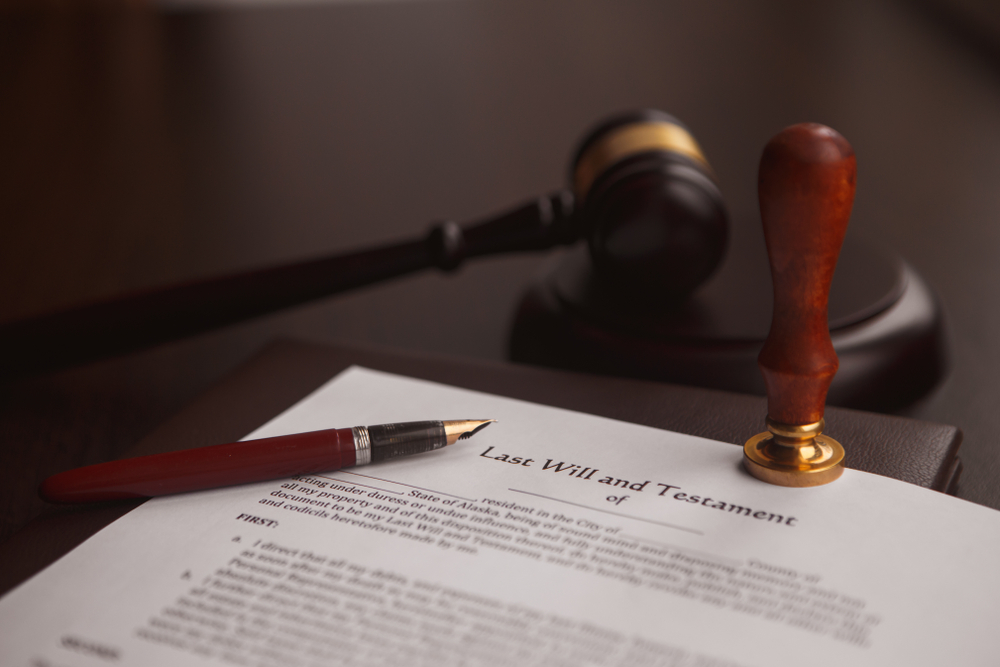Terrence and Liz are empty-nesters in their family home. They have one living daughter, Janis. The couple is meeting with their estate planning attorney to learn more about life estates. They would like to pass ownership of the family home to Janis and, if possible, would like to avoid probate.
A home is one of the most valuable assets that most people will ever own. There are many ways to pass ownership of your home to an individual or a group. A life estate is one of the less commonly used methods.
What Is a Life Estate?
A life estate is a property, usually a residence, that a person owns and has the right to live in for the duration of their life. A life estate is sometimes called a right of occupancy. The ownership rights are legally split and are simultaneous. A person has full ownership and the right to live in their home. And at their death, the full ownership of their home is passed to their heir automatically. In the U.S., life estates are used to streamline inheritance while avoiding probate.
Using a life estate, Terrence and Liz can own their home and live in it for the rest of their lives. And when they die, the full ownership of the home will pass to Janis. A life estate is a type of joint home ownership. Terrence and Liz are the life tenants of the home and possess the home for their lifetime. Janis is a remainderman who also has a current ownership interest in the home but cannot take possession of it until her parents have died.
How to Create a Life Estate
A carefully drafted life estate deed is one way to establish a life estate for your property. The deed will specify who the life tenant is and who will receive the remainder interest. After the deed is properly drafted, signed, and notarized, it should be recorded in the relevant land records office. Doing so will give it full legal effect.
If Terrance and Liz draft a life estate deed and file it with the land record office, they will be responsible for maintaining the property and paying any property tax liabilities and insurance while living in the home. They have the full legal right to live in the home until they die. They also retain any tax benefits associated with owning the home, leasing the property, and collecting rent.
Both parties, the life tenant and the remainderman, must agree before any major decisions can be made regarding the property.
Another option for creating a life estate is to use a trust. Terrance and Liz could title their home in the name of their trust. The trust document would specify who has the right to use and enjoy the property throughout their lifetimes and who will receive the home upon the life interest holder’s death.
Benefits of Using Life Estates
Avoiding Probate
Avoiding the cost, time consumption, and lack of privacy associated with probate is one of the primary reasons people choose to establish a life estate, whether using a deed or a trust. Using a life estate allows property owners, such as Terrance and Liz, to pass their home to their beneficiaries without involving the probate court. A life estate makes the roles of the life estate holder and the remainderman very clear. This provides clarity and can help decrease the potential for beneficiaries with competing interests to question your intents.
Medicaid Planning
If a homeowner would like to live in their home as long as possible, but there is a possibility they may need to go into a nursing home someday and rely on Medicaid to pay the costs, a life estate can protect their interest in their home.
If individuals aged 55 or older enter a nursing home and the cost is paid by Medicaid, then the state they live in is required to seek recovery of the Medicaid payments from the individual’s estate. These payments are used to cover the costs of nursing facilities services, home, and community-based services, and related hospital and prescription services.
If the interest in the home is recorded in a life estate deed, then the ownership is effectively split between the life estate holder and the remainderman. If the Medicaid look-back period is satisfied (usually five years), then the home is not included in the original owner’s assets when determining qualification for Medicaid benefits.
State law may vary, so if a life estate is being used as a tool when planning for Medicaid eligibility, it is very important to consult with an estate planning attorney who is familiar with both elder law and your state’s Medicaid rules.
Second Marriages
If a homeowner has children from a first marriage and then remarries, the homeowner may want to ensure their spouse can live in the home until the spouse’s death (life interest) but also ensure that ownership of the home passes to the homeowner’s children from the first marriage upon the spouse’s death (remaindermen).
Using a life estate in this way ensures that the home is used exactly how the homeowner wanted, as opposed to it being passed to someone else. For example, suppose Janis inherits her parent’s home and marries. The couple has two children. Janis dies and her husband remarries. Janis can use a life estate to ensure that her husband can live in the home throughout his lifetime, but upon his death, her children, not the children from a subsequent marriage or a second wife, inherit the home.
Drawbacks of Using Life Estates
The biggest drawback to a life estate is that there is a joint interest in the property, which cannot be undone without the joint owner’s consent. The life estate holder cannot change the remainder beneficiary without their consent. They also cannot borrow against the property or sell it without the beneficiary’s consent.
The life interest holder is responsible for all taxes and insurance for the property throughout their lifetime. If they cannot afford these expenses, tax liens may be placed against the property. This means that the beneficiaries will not receive their full interest in the property.
There is no creditor protection for the remainderman. If they are sued, their creditors can also place a lien on the property. If the remainderman receives the property ownership when they are going through a lawsuit, a bankruptcy, or a divorce, the opposing party can seize the property to satisfy the remainderman’s debts or other legal obligations. A trust with asset protection would be a more effective tool to protect the home from these potential threats.
Conclusion
Life estates can be an effective tool to pass property or real estate from one owner to another. It gives the life estate holder the right to live in the home throughout their lifetime and provides a means to pass the property to a beneficiary (s) without using the probate court.
You can schedule a call with us or reach us directly at 855.631.3457 to learn more about how best to plan today to protect those most important to you.








